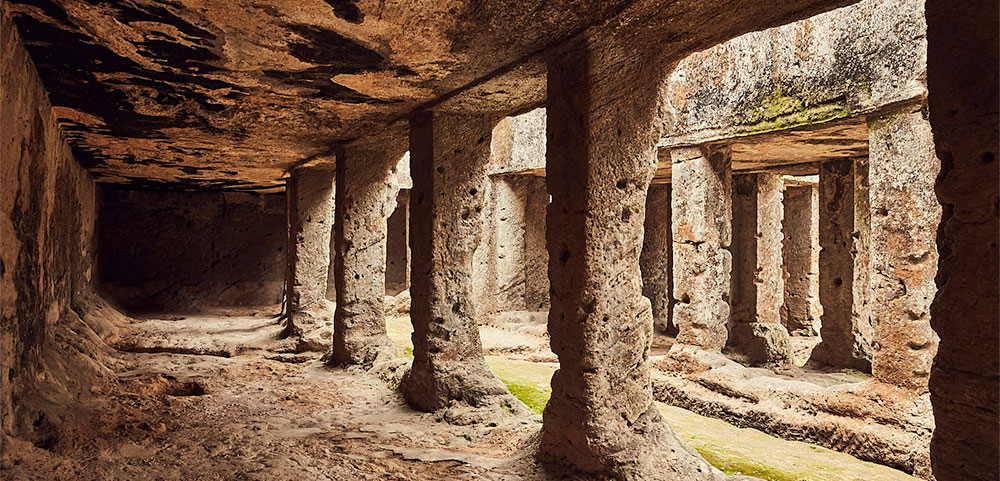

The Buddhist Caves, also known as the Khapra Kodiya Caves, in Junagadh are an ancient monastic site testament to India's rich history and the spread of Buddhism across the subcontinent. These caves can be dated back to the reign of Emperor Ashoka, who was instrumental in the proliferation of Buddhism during the 3rd century BCE. The caves in Junagadh form an essential part of the Buddhist circuit in the Indian state of Gujarat and contribute to the understanding of the early history of Buddhism.
Tourism at the Buddhist caves in Junagadh has evolved gradually. Initially, the caves were mainly of interest to historians and archaeologists who were keen to unravel the mysteries of their construction and use through ages. Over the years, with increased awareness and the promotion of Buddhist sites by the Gujarat tourism department, the caves started gaining popularity among domestic and international tourists, particularly those interested in history, religion, and archaeological studies.
Recognizing the historical and cultural significance of the Buddhist Caves, efforts have been made to preserve this heritage site. Preservation activities have been complemented with the promotion of tourism by setting up informative boards and providing guides. The Archaeological Survey of India (ASI) also plays a crucial role in the maintenance and conservation of this historical site.
In recent times, there has been a trend towards cultural and heritage tourism, with travelers seeking authentic experiences that offer a glimpse into the past. There is an increasing interest in Buddhist heritage, and the Junagadh Buddhist Caves are benefitting from this. Spiritual tourism has also become popular, with visitors coming to these caves for meditation and study.
To cater to the growing number of tourists, the access to Junagadh has been improved over time. Tourists can now reach Junagadh via well-connected roads, railways, and the nearest airport in Rajkot. While amenities around the caves were once minimal, there are now various accommodation options, eateries, and other tourist facilities in the vicinity, catering to a range of budgets and preferences.
The Buddhist Caves of Junagadh remain an essential part of Gujarat's cultural and religious landscape, drawing visitors from all walks of life. With sustained conservation efforts and awareness programs, the future of tourism at this heritage site looks promising as it continues to be a beacon for those interested in the philosophical and historical roots of Buddhism in India.